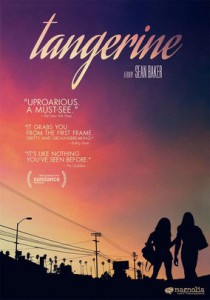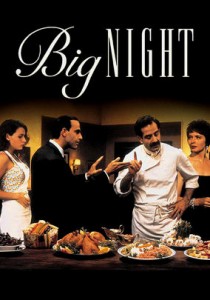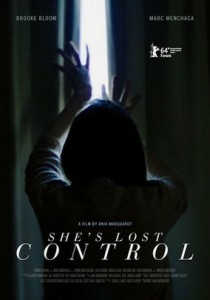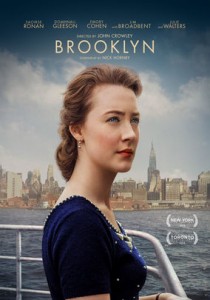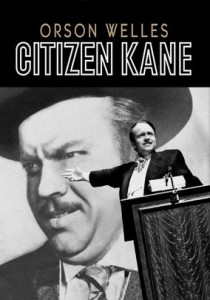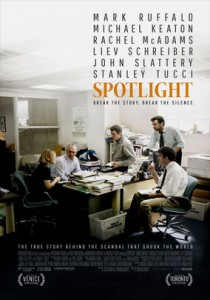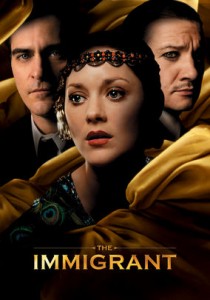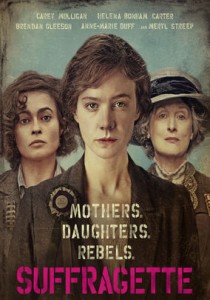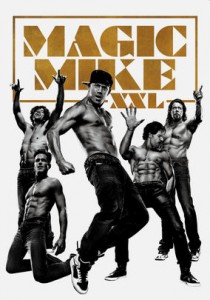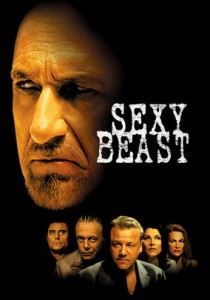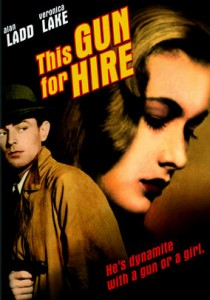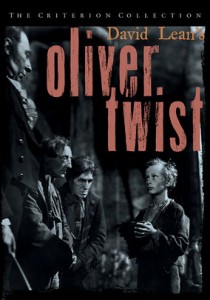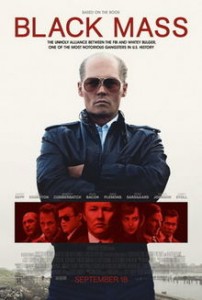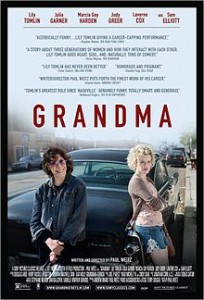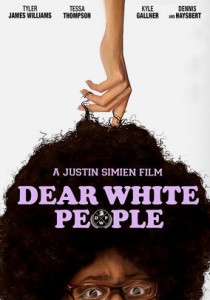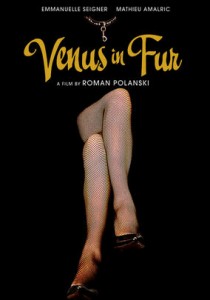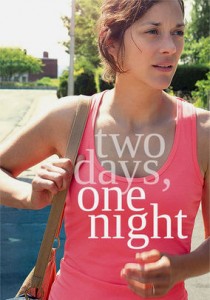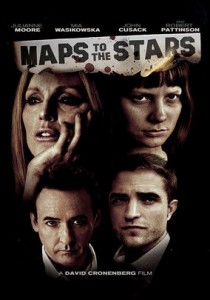Tangerine-2015
Director Sean Baker
Starring Mya Taylor, Kitana Kiki Rodriguez, James Ransone
Scott’s Review #301
Reviewed December 17, 2015
Grade: A
On the rare occasion that I am lucky and privileged enough to stumble upon a gem like Tangerine (2015), it reaffirms my faith in film and creative filmmakers in general.
Here is a universal lesson- it does not require oodles of money to make a great film. This film was shot with three smartphones!!
It takes talent and creativity.
Tangerine is a groundbreaking film- the first (that I am aware of anyway) to feature transgender actresses at the forefront of the feature.
The film has been honored with multiple Independent Spirit Award nominations.
Shot documentary style, with grittiness and a frenetic pace, while mixing in unique styles of music (hip hop to classic) as the musical score (a child-like tune begins the film), Tangerine is unique from both a story perspective and a visual style.
The film’s first scene begins with two transgender sex workers- Sin-Dee Rella and Alexandra, having a conversation in a coffee shop. Sin-Dee has just been released from jail and learns that her boyfriend, and pimp, Chester (James Ransone), has been cheating on her.
It is Christmas Eve.
The film explores Sin-Dee’s rage and subsequent search all over Los Angeles for Chester, and the girl he has been with. She vows revenge on them both.
However, beyond this story point, the heart of the film is of loneliness and isolation that most of the characters (trans and otherwise), share, in one form or another.
Interspersed with the Sin-Dee story, are stories involving Alexandra’s feud with a “john”, and her pursuit of a singing career.
Another interesting story is that of a straight male, Razmik, an Armenian cab driver who is enamored with transgender sex workers.
This may sound bizarre or too out there for some, but Razmik’s story is quite tender and compelling. He has a wife, child, and other relatives and is the breadwinner. He is also very conflicted. He does not “use” the sex workers, but rather cares for them and admires them.
I found all three principal characters interesting in different ways- Sin-Dee and Alex are over-the-top, yet sensitive. While Sin-Dee is aggressive and vengeful, Alex is the kinder of the two and the more sensible and rational.
She is a sex worker but aspires for more out of life. Razmik is even more interesting- does he have a fetish? Is he shameful for spending money on prostitutes while supporting a wife and child?
All of the characters are victimized in one form or another and all are dysfunctional- at the same time, they are all weirdly likable.
I witnessed moments of Quentin Tarantino’s film style coming across the screen- most notably in the coffee-shop scenes (the beginning and final scenes) as all hell breaks loose, and the characters delve into all sorts of crazy behavior.
Tangerine is a sweet tale about friendship too.
It is a memorable and powerful film experience.
In the end, all the characters are hurting, living such sad lives, especially since the time is present-day Christmas Eve, which might make this film sound depressing, but it is not.
I found it almost uplifting in a way.
Tangerine (2015) is a completely original, groundbreaking film that I hope will be remembered and appreciated fifty years from now.
Independent Spirit Award Nominations: 1 win-Best Feature, Best Director-Sean Baker, Best Female Lead-Kitana Kiki Rodriguez, Best Supporting Female-Mya Taylor (won), Piaget Producers Award
